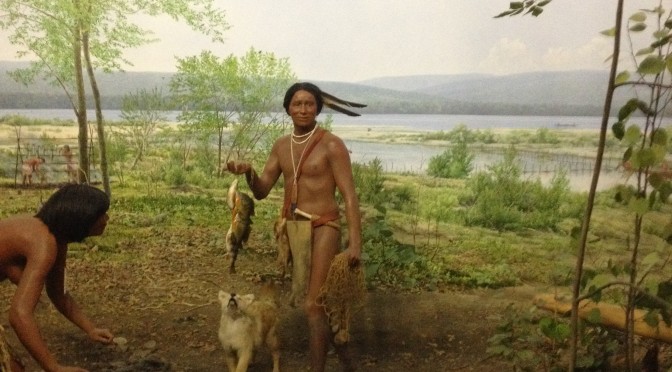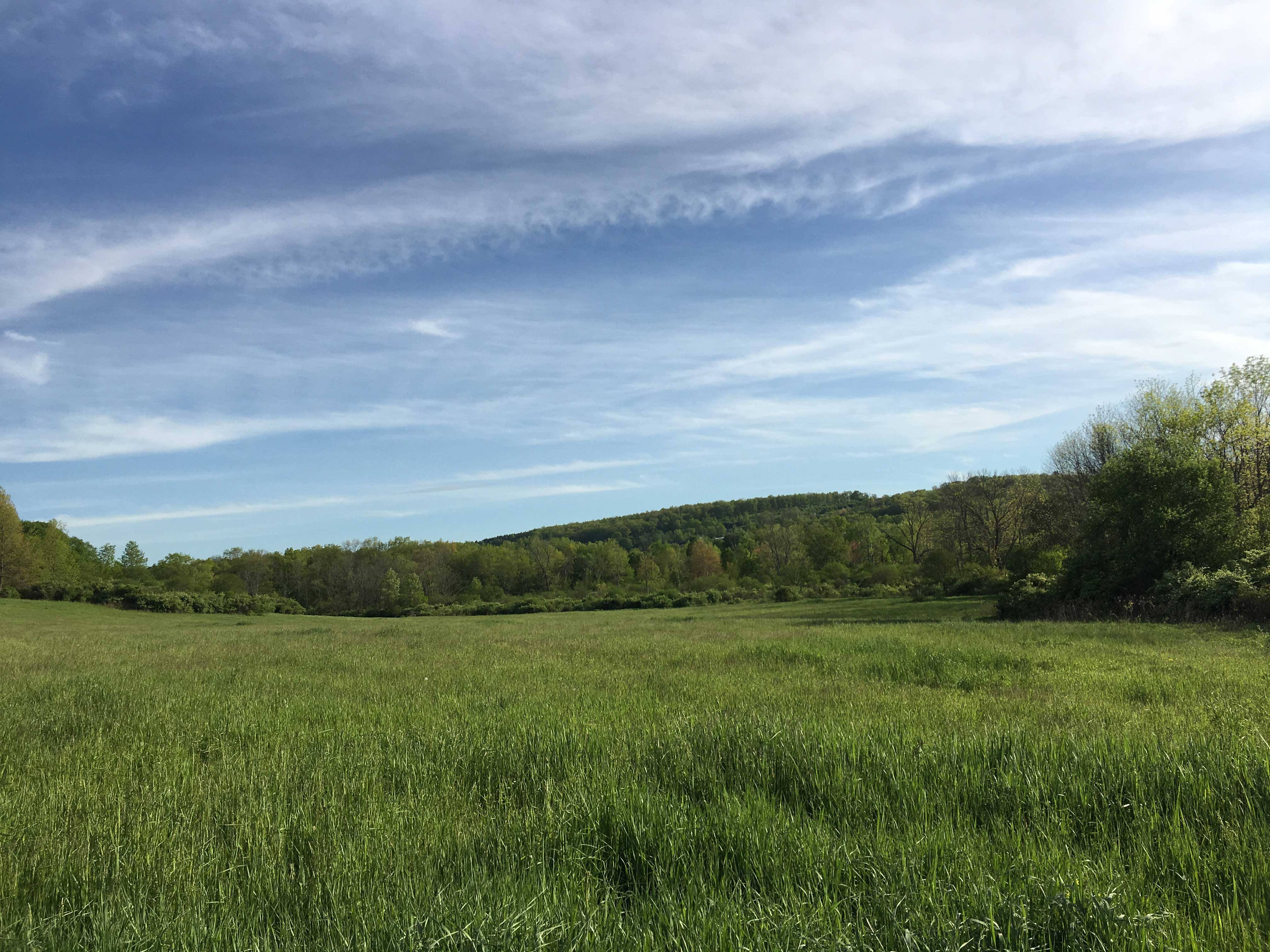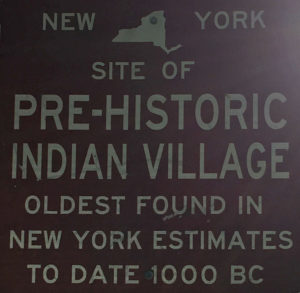The Lamoka Lake site, a National Historic Landmark, is located in Schuyler County, New York State. Archaeological excavation was first conducted in the 1920s and resulted in the identification and definition of the Archaic Period. Additional digs took place throughout the Twentieth Century. Hundreds of features, including hearths, pits, and layers of ash and charcoal called fire beds, have been excavated. Artifacts include small, crude looking tools called Lamoka points, thousands of stone net sinkers, mortars and pestles, and animal bone tools, ornamental items, and food remains.
In 1932 archaeologist William Ritchie published his report on the Lamoka Lake site and his 1962 book The Archaeology of New York State provided more information on both the site and the Lamoka culture. The history of research at Lamoka Lake spans the entire Twentieth Century. In addition to the archaeological importance of the site itself, a close reading of the history of research at Lamoka also provides a valuable perspective on the history of archaeological method and theory and the cultural context in which knowledge is attained and ideas develop.
For a complete history of archaeological research at Lamoka Lake, please read “A Good Deal of an Archaeological Romance.”
Part of the archaeological site is preserved within the Waneta-Lamoka Wildlife Management Area, administered by the New York State Department of Environmental Conservation. The privately owned portion of the site was purchased in 2005 by the Archaeological Conservancy in order to preserve the remainder of the site in perpetuity.
More Information on Lamoka Lake:
The Lamoka Lake Site on Wikipedia
White-tailed Deer Body Size at Lamoka Lake: Additional Evidence from Plowzone Deposits




I agree with your posts and comments.
Hello again,
I just starting working at the Bradford school as it’s librarian. One of the lessons I taught was on the Lamoka Culture. None of the students, or the teachers, knew about this! I began the lesson by asking why their school mascot was a Native American and why they were called “the Braves,” and then went into a brief history on the site, and Lamoka points. It blew my mind that no one knew about it!
I’m sure I’ll be a frequent visitor to your blog!
Thanks for visiting! It’s great to hear that you’re teaching people about the prehistory of the Finger Lakes area.
Hi, I’ve been looking for the definition of “Lamoka”. I’d like to know what it means. I’ve look all over the internet with no luck. Thanks, James
I’d like to know, too. I have a feeling “Lamoka” is not an Iroquois name, however, and Lamoka Lake used to be called Mud Lake. An 1874 map of Schuyler County is the earliest use of “Lamoka” that I’ve seen. On the same map, Waneta Lake is still labeled with its older name, Little Lake. I’ll try to find out more, and post it on the blog!
Great to read about Lamoka Lake site.
I now live less than two hours from there and drove by the site last spring on the way back from Penn Yann where I did archaeology when I worked at PAF at Binghamton University.